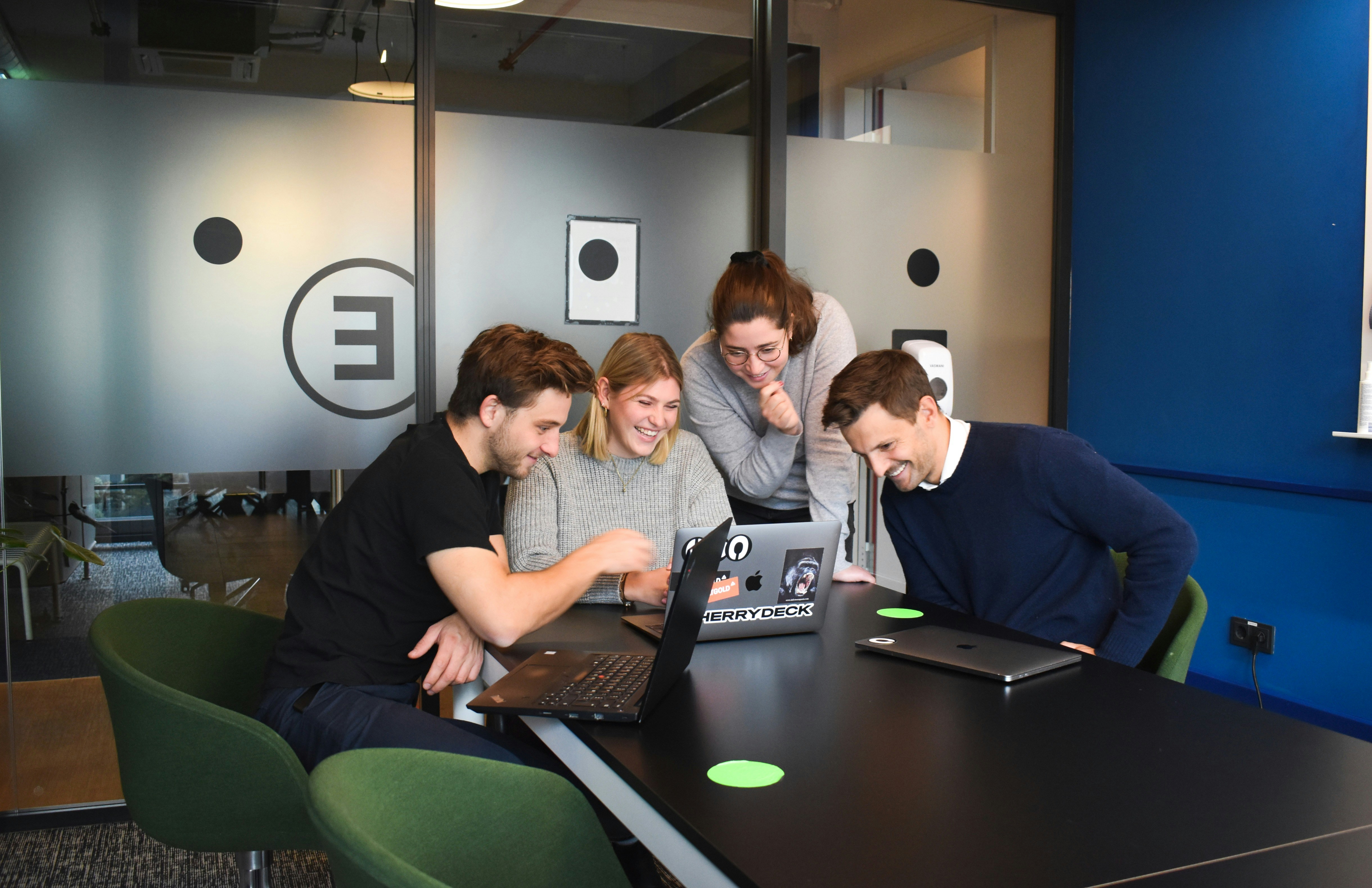
Top 10 Mistakes Candidates Make When Applying for Materials-Science Jobs—And How to Avoid Them
Trying to land your next materials-science role? Avoid the ten most common mistakes UK applicants make—complete with practical fixes, expert tips and live resources to help you secure that offer.
Introduction
From quantum-materials start-ups in Cambridge to battery-innovation centres in the North-East, demand for materials-science talent has never been hotter. Yet recruiters browsing CVs on boards like the IOM3 Jobs Board still reject a majority of applications long before interview—often for small, avoidable errors.
Below you’ll find the ten costliest mistakes we see, each paired with an actionable remedy and a trusted link so you can dive deeper. Bookmark this checklist before you press Apply.
1 Ignoring Stack-Specific Keywords
Mistake – Submitting one generic CV that never mentions the exact techniques or tools in the advert—“SEM-EDX”, “DFT with VASP”, “Additive Manufacturing”, “ISO 17025” and so on.
ATS filters look for precise wording; if those keywords aren’t present, a human may never read your application.
Fix it
Paste the job ad into a word-cloud tool and highlight every instrument, modelling package and compliance acronym.
Mirror those terms naturally in your skills grid and project bullets.
For layout and phrasing inspiration, study Indeed’s step-by-step Materials-Scientist CV guide. indeed.com
2 Hiding Business Value Behind Jargon
Mistake – Bullets like “Optimised HIP parameters for Ti-64 samples” but no measurable outcome.
Fix it
Use the challenge–action–result formula: “Raised fatigue life 32 % by re-optimising HIP cycle for Ti-64 aerospace brackets.”
Lead with the number; keep bullets under 20 words.
See how quantified bullets read in Himalayas’ materials-scientist resume examples. himalayas.app
3 Re-using a Generic Cover Letter
Mistake – Copy-pasting the same letter across medical-device, defence and sustainability roles—sometimes leaving the wrong company name.
Fix it
Open with a hook that proves you follow the organisation—its latest patent, ASTM approval or funding round.
Tie one quantified win directly to the advert’s top requirement.
Follow the four-paragraph template in ResumeWorded’s materials-engineer cover-letter samples. resumeworded.com
4 Providing No Portfolio or Public Data Demo
Mistake – Listing complex characterisation work yet offering no GitHub repo, code snippet or data visualisation.
Fix it
Build a mini-project with open resources like the Materials Project API—fetch structures, run lightweight DFT, plot phase diagrams and share the notebook on GitHub. docs.materialsproject.org
Include screenshots of microstructures, tensile curves or phase maps (scrub out sensitive labels).
Pin two or three flagship repos with clear READMEs and experiment notes.
5 Failing to Quantify Impact
Mistake – Bullets reading “improved corrosion resistance” or “enhanced cell performance” with zero metrics.
Fix it
Add hard data: weight savings, £/kg cost cuts, cycle-life uplift, defect-rate drop.
If figures are confidential, give percentages (“reduced cracking by one-third”).
Sense-check your numbers against market norms on Glassdoor’s UK materials-scientist salary page to ensure they feel credible. glassdoor.co.uk
6 Skipping Interview Prep on Fundamentals
Mistake – Acing Python coding challenges yet freezing when asked to explain the Hall-Petch relationship or draw a Schaeffler diagram.
Fix it
Revisit essentials: crystallography, diffusion kinetics, phase-diagram leverage, polymer viscoelasticity.
Practise white-boarding derivations and narrating trade-offs.
Drill typical questions with Indeed’s materials-engineer interview Q&A set. indeed.com
7 Downplaying Soft Skills and Professional Network
Mistake – Positioning yourself solely as an SEM wizard, ignoring project management, stakeholder buy-in and standards writing.
Fix it
Highlight moments you briefed executives, led FMEA workshops or contributed to ASTM committees.
Get involved with IOM3’s technical communities and events to practise cross-discipline storytelling and grow your network. iom3.org
8 Relying Only on Job Boards—Then Waiting
Mistake – Clicking Apply on five adverts and refreshing your inbox for a week.
Fix it
Set up personalised alerts on Materials Science Jobs so you’re in the crucial first-24-hour applicant cohort.
Pair alerts with LinkedIn outreach—comment thoughtfully on a hiring manager’s recent paper or patent.
Follow up politely after seven days, restating one metric-driven reason you’re a fit.
9 Overlooking Sustainability, Diversity & Inclusion
Mistake – Ignoring ESG language in the advert and offering no evidence of inclusive practice.
Fix it
Note how you design recyclable alloys, reduce embodied carbon or mentor under-represented students.
Learn the language that resonates via techUK’s Diversity & Inclusion hub and adapt it authentically. techuk.org
10 Showing No Continuous-Learning Plan
Mistake – Treating the application as the full stop in your professional-development story.
Fix it
List upcoming certificates—Chartered Engineer via IOM3, Python for Materials Modelling, ISO 14001 auditor.
Mention recent or planned conferences, such as the MRS Spring or Fall Meetings, and webinars you attend to stay current. mrs.org
Sketch a 90-day up-skilling roadmap: master CALPHAD basics, contribute to open-source thermodynamic datasets, present a poster at a regional IOM3 symposium.
Conclusion—Turn Mistakes into Momentum
Materials-science recruitment moves fast, but the cornerstones of a standout application stay constant: precision, evidence, context and follow-through. Before you click Send, run this five-point sense-check:
Have I mirrored every crucial keyword and technique from the advert?
Does each bullet include a metric a business leader will value?
Do my GitHub repos or visual demos prove my claims?
Have I demonstrated communication, sustainability and inclusion?
Do I outline a clear, ongoing learning plan?
Answer yes to all five and you’ll glide from applicant to interview invite in the UK’s growing materials-science jobs market. Good luck—see you in the lab, the microscope suite or at the next MRS session!


